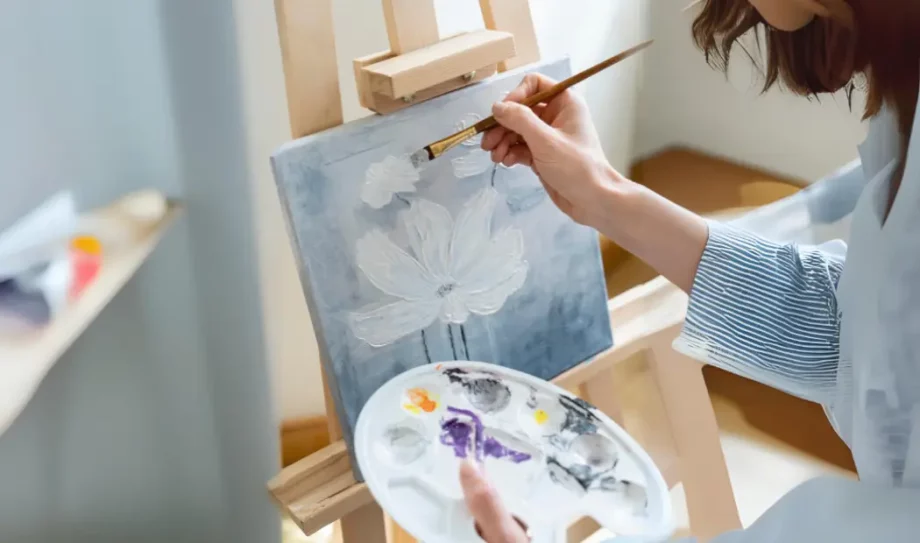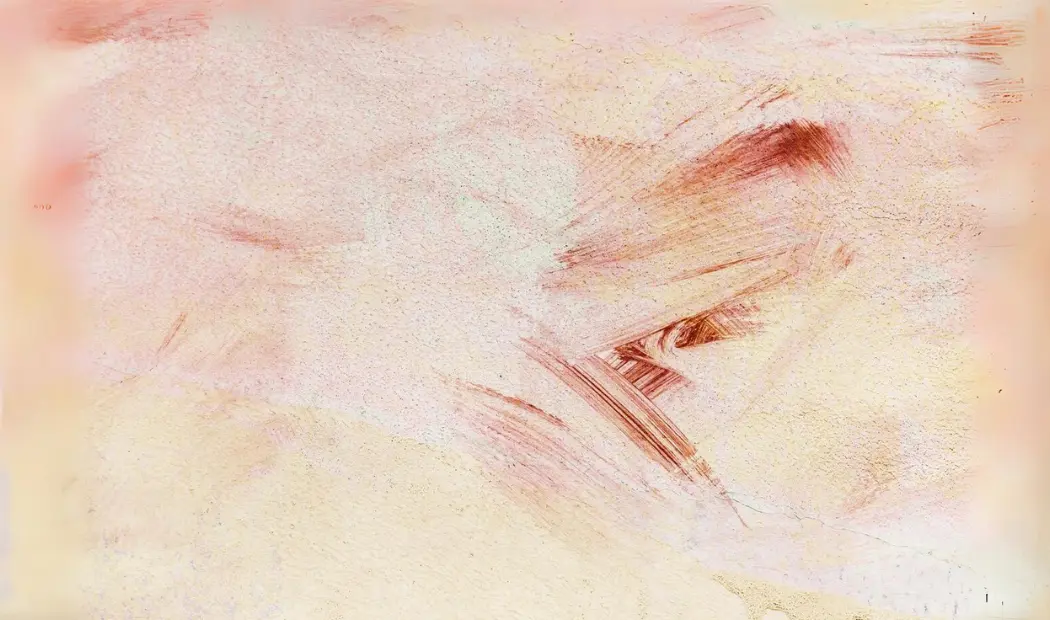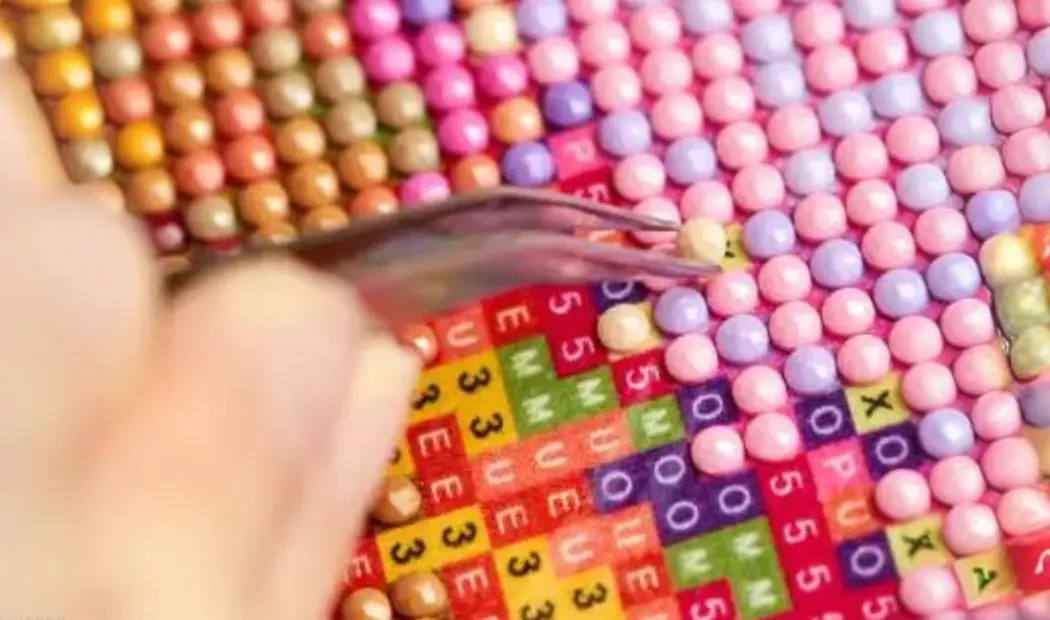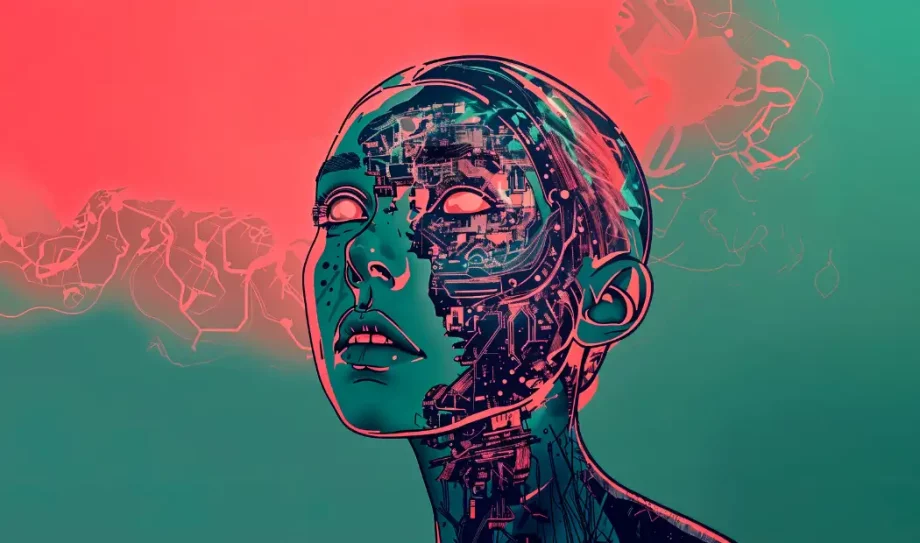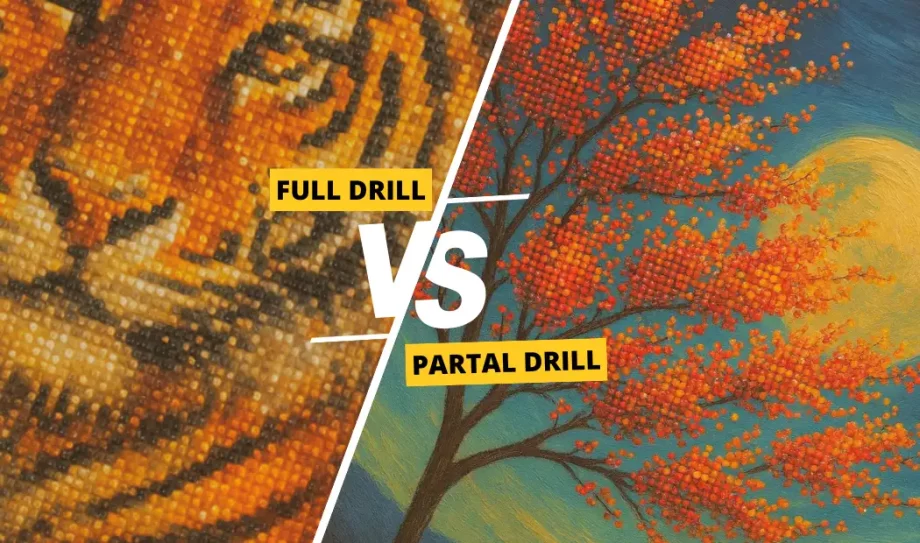There is an art that goes beyond the two-dimensional limitations of traditional painting. Yes, We are talking about textured art. Yes, we are talking about textured art. We will be discussing how to make textured art. This art allows artists to create a work of art that is full of depth.
This helps viewers connect to the painting on so many levels. Both artists and the audience have a feeling of satisfaction and awe while viewing the textured art. We will guide you on how to create textured art with techniques, inspirations and tips.
What is textured art?
Textured art can be mainly understood by its three-dimensional surface quality. Unlike traditional paintings, textures in art allow you to touch and feel the surface. It adds a physical dimension to the visual painting experience. This type of art can be created using various materials and techniques, each offering unique effects and possibilities.
Textured art can be abstract or representational and can even take the help of mixed media. There are unconventional materials like fabric and sand. In this art form, there is interplay between different textures and how they come out as a cohesive whole.
Types of texture in art
There are many types of texture in art, to look for when you are pursuing textured art.
- Smooth Texture: This is a surface that is even and without roughness. It is like polished marble or glass.
- Rough Texture: This is a surface that is irregular and uneven. It is like sandpaper or a stucco wall.
- Matte Texture: It is a non-reflective surface. It is often created by using materials or techniques that diffuse light.
- Glossy Texture: This is a shiny and reflective surface. It is like polished metal or glazed ceramics.
- Soft Texture: It is a surface that appears gentle and pliable. It looks like a velvet or cloud depiction.
- Hard Texture: It is a surface that looks solid and unyielding. It appears like a rock or a metal sculpture.
- Simulated Texture: It appears as actual textures. For example, a painting of a fur coat that looks as if it has the soft texture of real fur.
- Abstract Texture: It does not directly represent real textures. It uses patterns and shapes to suggest texture.
- Invented Texture: It is a texture that does not mimic real-world textures. It adds interest and depth through imaginative patterns and designs.
- Patterned Texture: They are repeated designs that create a sense of texture, such as hatching, cross-hatching, or stippling in drawing.
How to make textured art – Techniques!
We will now discuss the techniques of how to create textured art. Here are some:
1. Impasto: This technique involves applying thick layers of paint to the canvas. It creates visible brush strokes and peaks. Impasto can be done with a palette knife or a brush. It gives a dynamic touch to the artwork. Impasto techniques vary, from subtle textures to heavily built-up layers, influencing the overall mood of the piece. Through impasto, artists engage viewers both visually and tactilely, inviting them to explore the painting’s surface and the emotions embedded within.
2. Collage: You can incorporate various materials, like paper, fabric, and other objects, into your textured artwork. Collage adds depth and interest. It allows you to play with different textures and patterns. Through cutting, tearing, and arranging, unique textures emerge, inviting viewers to explore the artwork’s depth. Collage allows for endless experimentation, blending textures to evoke emotions or narratives.
3. Stenciling: You can use stencils to create raised patterns on your canvas. You can apply modeling paste or thick paint through the stencil to get a textured design. This is a widely used technique for texture art. Stenciling is a popular choice for both beginners and experienced artists seeking to enhance their projects with texture and pattern. This method allows artists to achieve consistent results and experiment with various textures and shapes.
4. Sgraffito: This technique involves scratching into the surface of the paint on canvas to reveal layers underneath. You can use tools like palette knives or even the end of a brush to create sgraffito. Sgraffito has been utilized for centuries in various art forms, from pottery to mural painting, and remains a popular choice for contemporary artists seeking to add dynamic texture to their creations. By varying pressure and tools, unique patterns and shapes emerge, enhancing the overall composition.
5. Layering: You can build up layers of paint and texture mediums to create depth. Then you can allow each layer to dry before adding the next. Along with this, you can experiment with different materials and techniques in each layer. This method adds richness and dimension to the artwork, as different textures interact and create visual interest. By strategically layering materials, artists can achieve a variety of effects, from subtle nuances to bold contrasts.
6. Dry brushing and textile Techniques: You can apply paint with a dry brush. This is to highlight raised areas of your textured canvas surface. Dry brushing technique will add contrast and definition to your textured artwork. Along with that, you can incorporate textile techniques like weaving, sewing, or embroidery into your textured artwork. This method of textile adds good visual interest that can be both delicate and bold.
How to make textured art step by step?
Let’s now dive into the step-by-step guide on how to create textured art.
- Prepare Your Substrate: You have to carefully choose your base. It can be a canvas, wood panel, or thick paper. You need to make sure that it is properly primed and ready for texture application.
- Plan Your Composition: You need to sketch out your ideas. Then you have to consider the placement of different textures and materials. You need to properly plan your composition. It helps create a balanced and cohesive textured canvas art.
- Build the Base Layer: You have to first apply a base layer of paint or gesso to your substrate. It creates a layer. This layer acts as the foundation for your textures. It can also be tinted with color if desired.
- Apply Texture Mediums: You will begin by adding texture mediums like modeling paste or gel medium. You can also use palette knives, brushes, or other tools to manipulate the medium. It creates interesting patterns and shapes.
- Add Mixed Media: You can also add layers of fabric, paper, sand, or other found objects to your artwork. You can secure them with a strong adhesive. It makes sure that they are fully integrated into the composition.
- Layer Paint and Texture: You also have to build up layers of paint. It allows each layer to dry before adding the next. You can keep experimenting with different techniques like impasto, dry brushing, and sgraffito to create depth and contrast.
Alternatives to paints for textured art
There are alternatives to paints for textured art. Now we will look into these options.
- Diamond Drills (Diamond Painting): Small and colorful diamond drills are placed onto a sticky canvas according to a pattern with the help of diamond painting kits. It creates a sparkling texture on the canvas. You can diamond paint abstract art or something representational with this.
- Sand: Sand can be used on a surface using glue or mixed with a medium. This can create a gritty, tactile texture on the canvas. It can be used to add natural, rough textures to your favorite textured art.
- Papier-Mache: You can create layers of pieces of paper soaked in glue or paste to build up surfaces on the canvas. It creates three-dimensional forms or textured surfaces on the canvas of your textured art.
- Clay and Modeling Paste: You can use materials like air-dry clay, polymer clay, or modeling paste to sculpt and build up textures. These can be molded and shaped to create raised designs and structures on the canvas.
- Natural Materials: You can add natural elements like these to add texture to your art:
- Leaves and Twigs: This is to add natural, organic textures.
- Shells and Stones: This is to add rough, uneven surfaces.
- Feathers: We use this to add soft, delicate textures.
- Found Objects: You can add these everyday items to add texture, such as:
- Buttons: You can make a patterned, tactile surface using this.
- Bottle Caps: You can add a metallic, industrial texture with their help.
- Fabric scraps: You can use them for varied, tactile surfaces.
FAQs
Summing Up!
Textured art is a very interesting form of art. There is so much to explore and create. We have many materials, techniques and inspirations to experiment with art, create great works of art and enjoy the process along with it. We have seen how to make textured art. You can create anything from a landscape painting to something personalized.
You can push the boundaries of traditional art forms with texture art. You will love what texture can do to the canvas. There is an inherent complexity in the textured art. So, gather your materials and start the exciting journey of creating your own textured masterpieces with our guide of how to make textured art.
So, are you excited about diamond painting now? Why don’t you check out the Art of Diamond painting!

